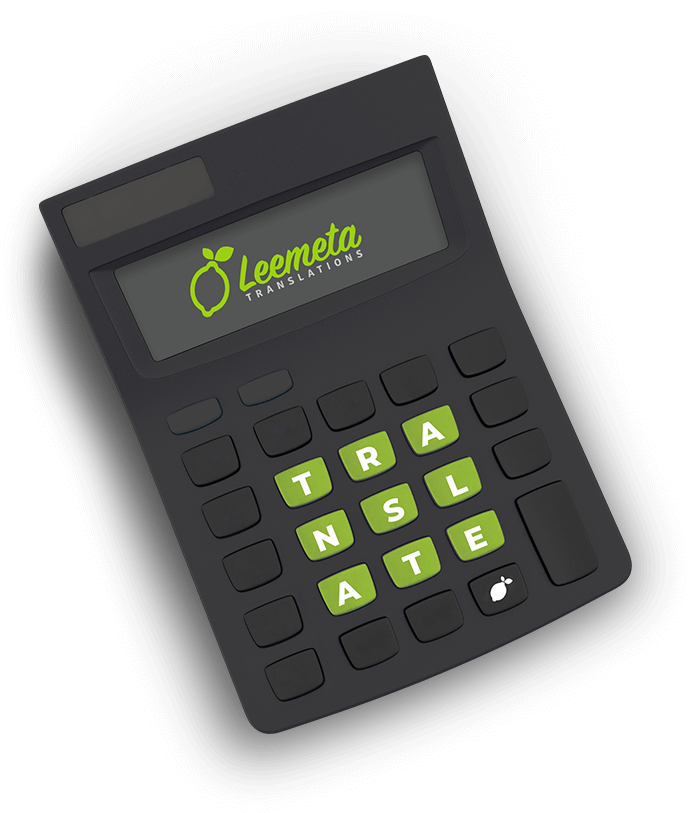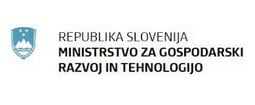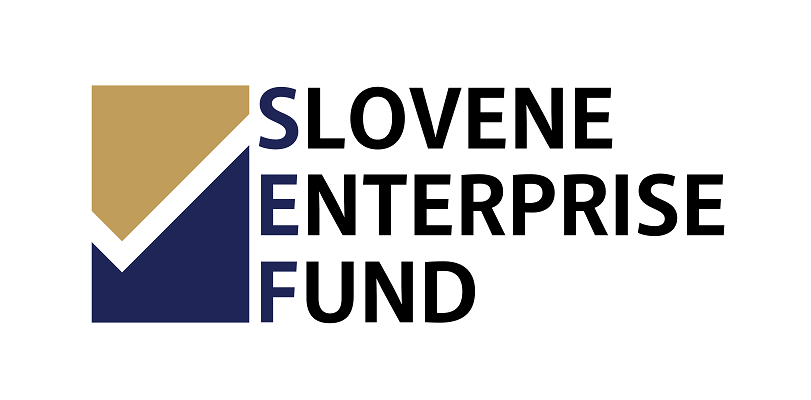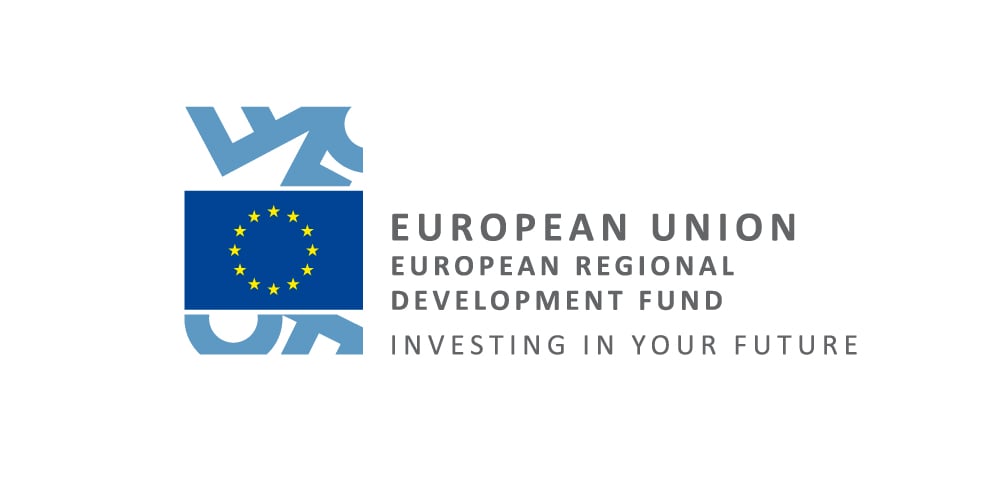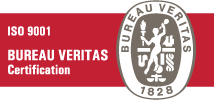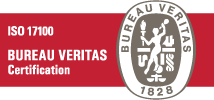Acronyms. The translation industry uses them with the enthusiasm of a well-organised secret military operation. ![]()
perform QAs and FQAs,
do FLPs and DTPs, and more.
Today, we are going to clarify two of them, so we don’t overload you with information: TM and MT.
Both mysterious acronyms relate to the functions offered by translation tools (which we will discuss some other time). What do they mean?
What TM means
TM is the acronym for Translation Memory. This is a type of memory that stores translations. While translating, the translation tool searches the memory for a similar sentence or phrase that has already been translated and stored and offers it to the translator. Thus, the translator does not have to translate similar or (maybe even) same parts of the text again because the translation tool automatically offers and inserts them. This makes the TM a feature that is beneficial for both the client and the translator. The latter can perform their work faster since they do not have to constantly search for the right terminology and retype the already translated text, and the client receives consistent terminology and translations, which greatly contribute to the improvement of quality.
which contain some of the complete or partial repetitions,
can also be significantly cheaper because we offer a 50% or even a 75% discount.
And who does not like to get their loyalty (which equals a rich translation memory) awarded with a discount? ![]()
What MT means
MT, however, is something completely different. It is an acronym for machine translation.
What exactly are CAT tools? and
Everything you need to know about CAT tools.
When we speak about machine translation, we speak about software that automatically translates the text from one language to another. The best known is definitely Google Translate, while there are many more. Their common feature is that they are (at least most of them) sufficient for the general understanding of the text (do not try to translate anything very technical with the machine translation tool), but by no means do they meet the quality of the human translator. After all, machine translation tools do not know the context, they have no translation experience and certainly do not have a feel for the language (thus the English title of a paragraph called “General” can quickly get translated as “General” instead of “Allgemein”).
Generally accessible and proprietary machine translation tools
The translation technology is constantly evolving and machine translation tools are getting better; however, this does not apply to the generally accessible machine translation tools but those developed by advanced companies in cooperation with the developers of machine translation tools, which means that the bases the machine translation tools get their data from are much wider and more professional. It does, however, take years for these machine translation tools to come even close to the quality of a human translator. The work really does become faster, but can still not be performed without a human translator who does the so-called post-editing. The human translator polishes the translation (eliminates potential incorrect translations and improves the style and grammar).
The future of translation memory
At the end of the nineties, when tools for computer-aided translation with a translation memory became widely accessible, the translation memories did not only represent an evolution, but a revolution in the translation industry. Perhaps, over time, machine translation tools will represent a similar revolution in expert translation. As Leemeta always keeps pace with the time, our Turnkey Translations® naturally follow this development. The translation and operation in a serious translation agency will, however, always require a well-functioning and well-established team.
And Leemeta definitely boasts such a team not only of translators and proofreaders, but also of project managers, graphic designers, IT specialists, key account managers, administrative staff and more.



